As we had to stay inside for a prolonged period of time, the lockdown made us think about the human contact halted by the pandemic. These projects by photographers from different parts of the world explore a similar voyeuristic theme, highlighting that we are not that different after all as we find ourselves in a place that strangely has become both a prison and refuge.
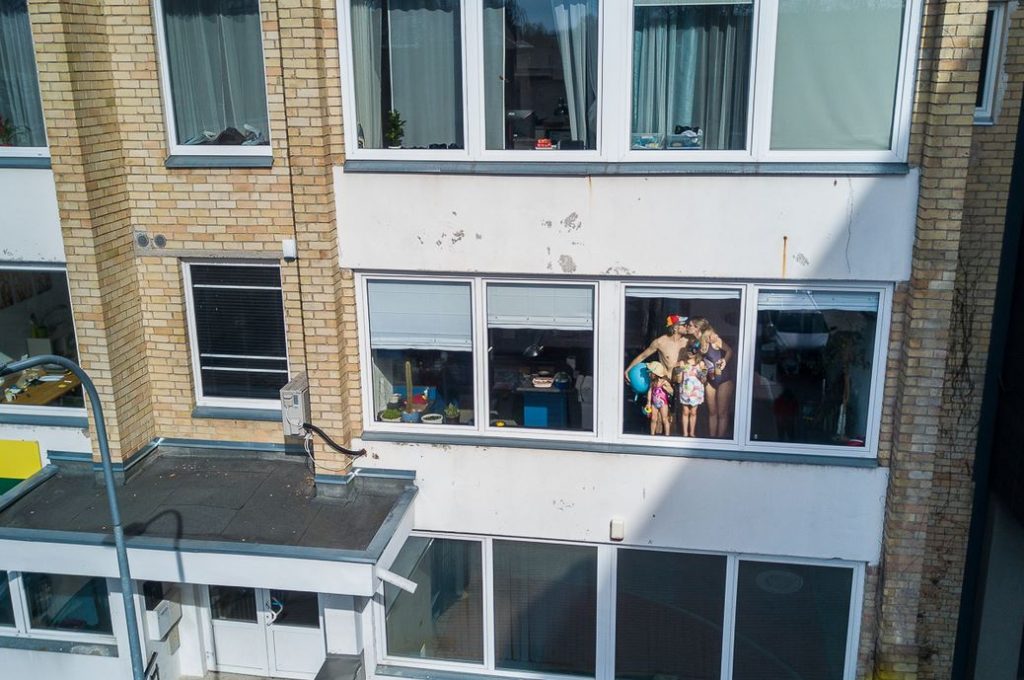
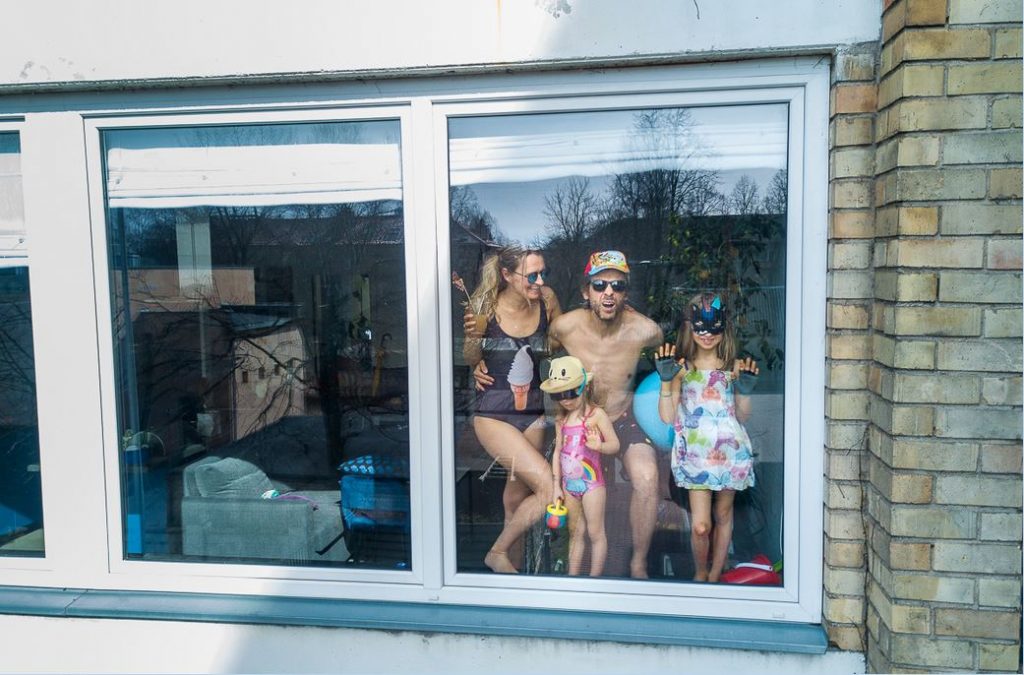
Quarantine series by Adas Vasiliauskas (also header image)
While his jobs as a photographer were put on hold due to the COVID-19 outbreak, Adas Vasiliauskas set off to document people staying in utilizing his drone.
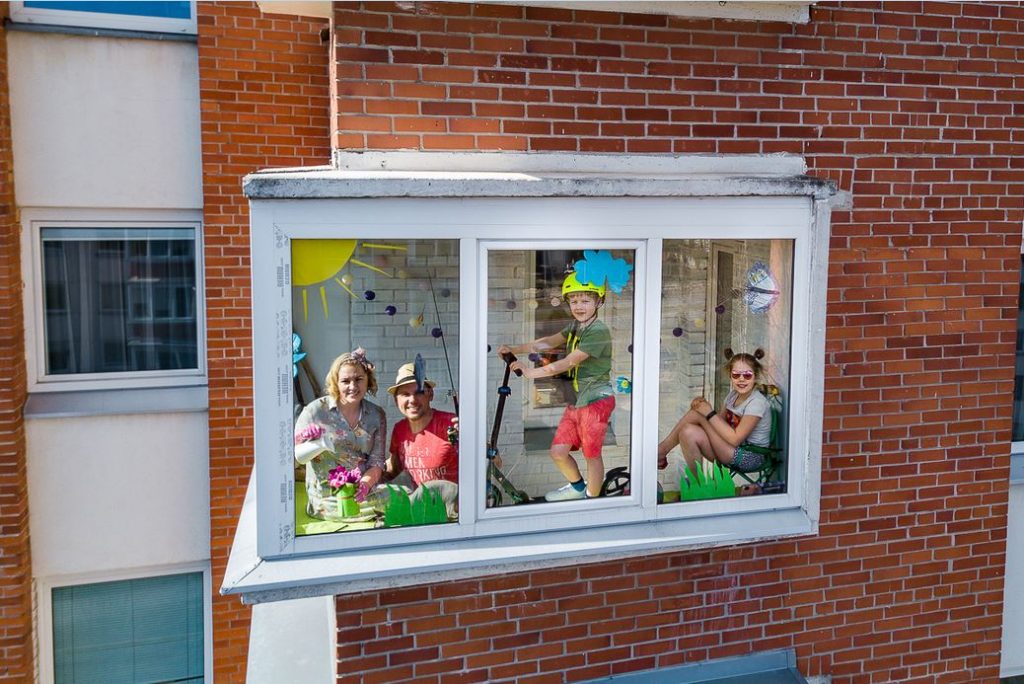
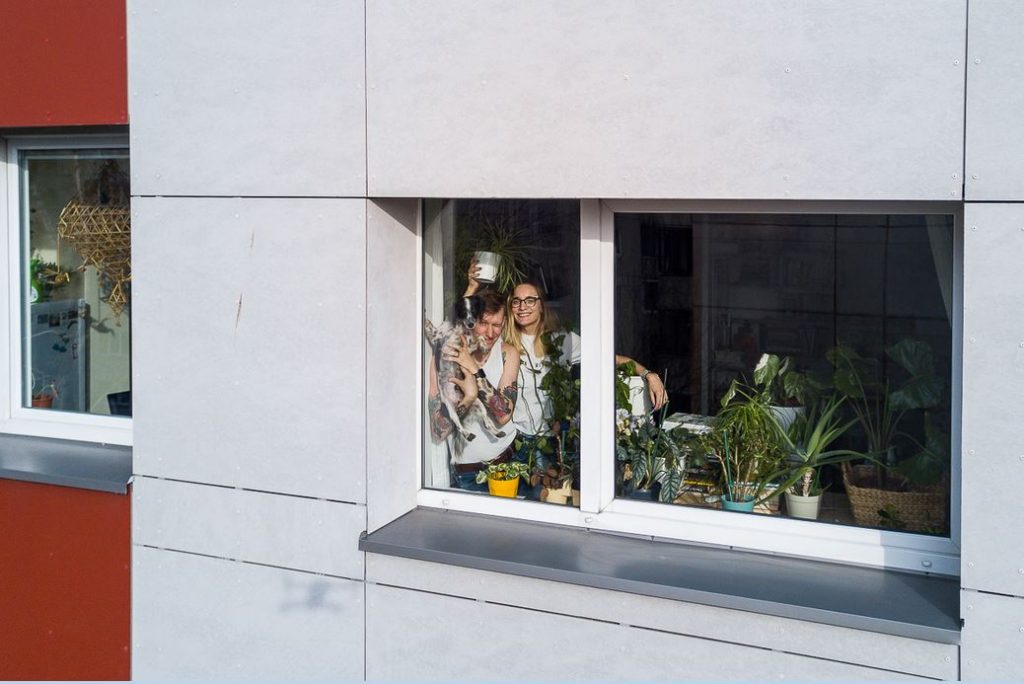
Quarantine series by Adas Vasiliauskas
His heartwarming series Quarantine captures his neighbours in his native Lithuania getting through the crisis alone or in the company of loved ones. Surprisingly, mostly we see people smiling with their faces pressed against a windowpane.
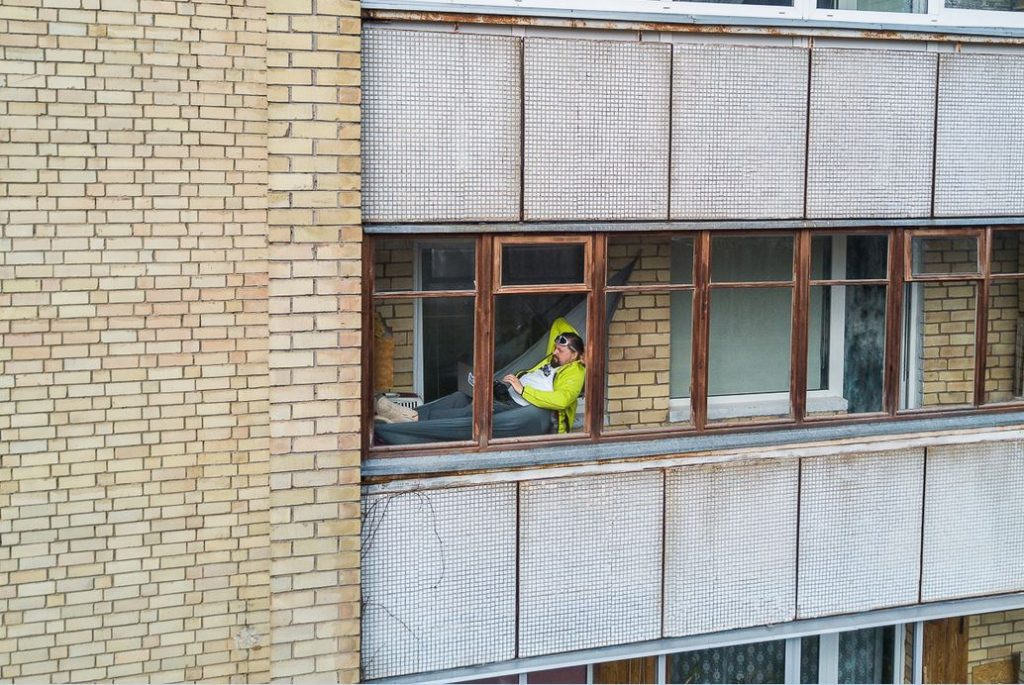
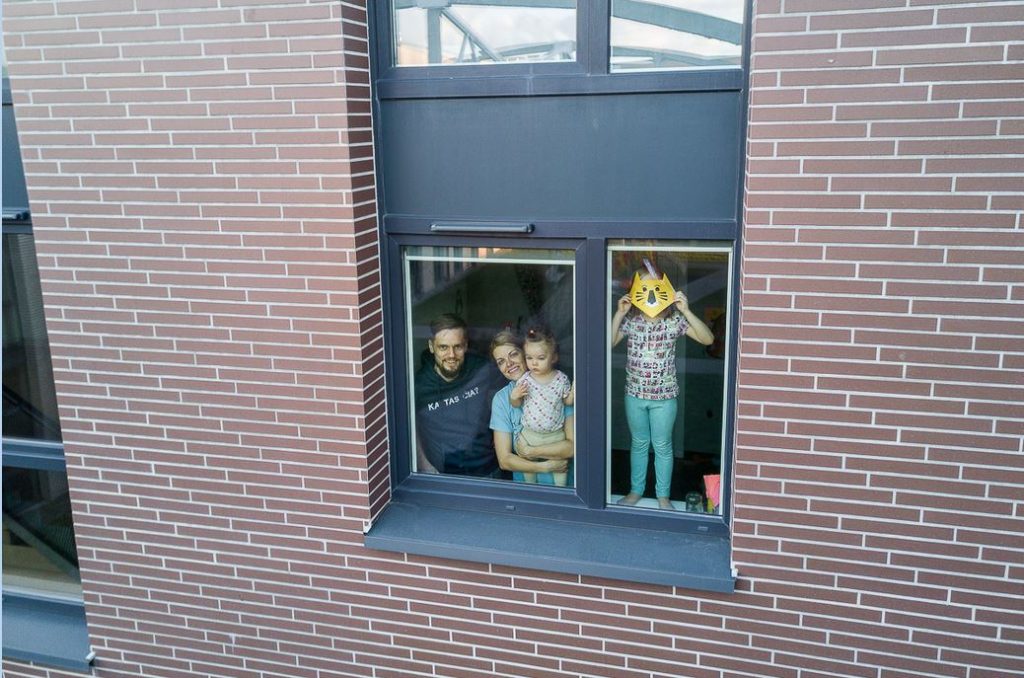
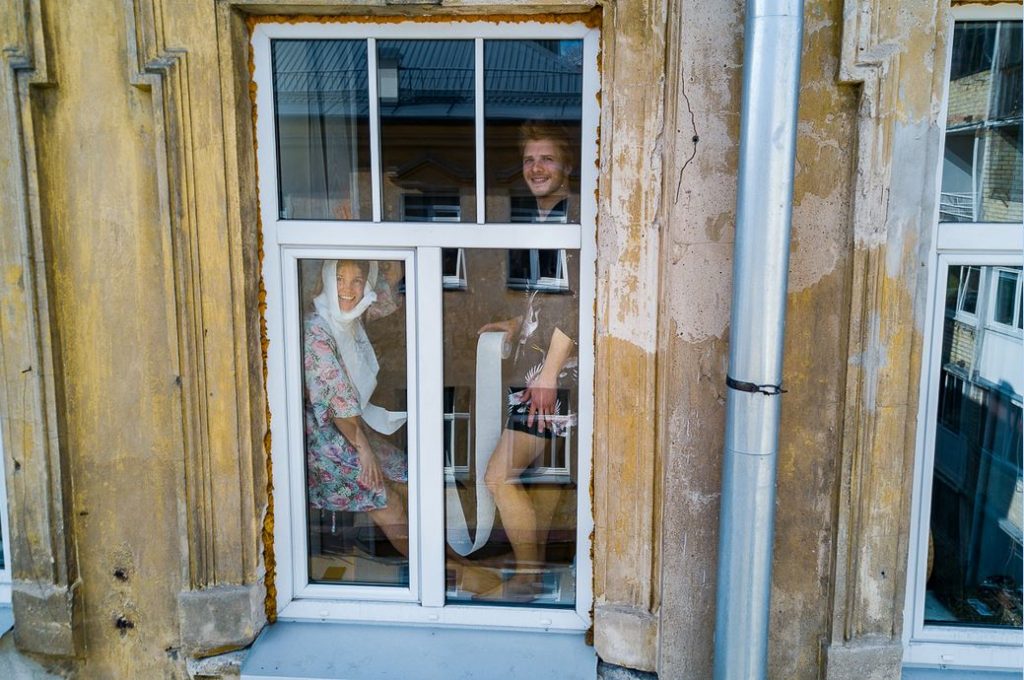
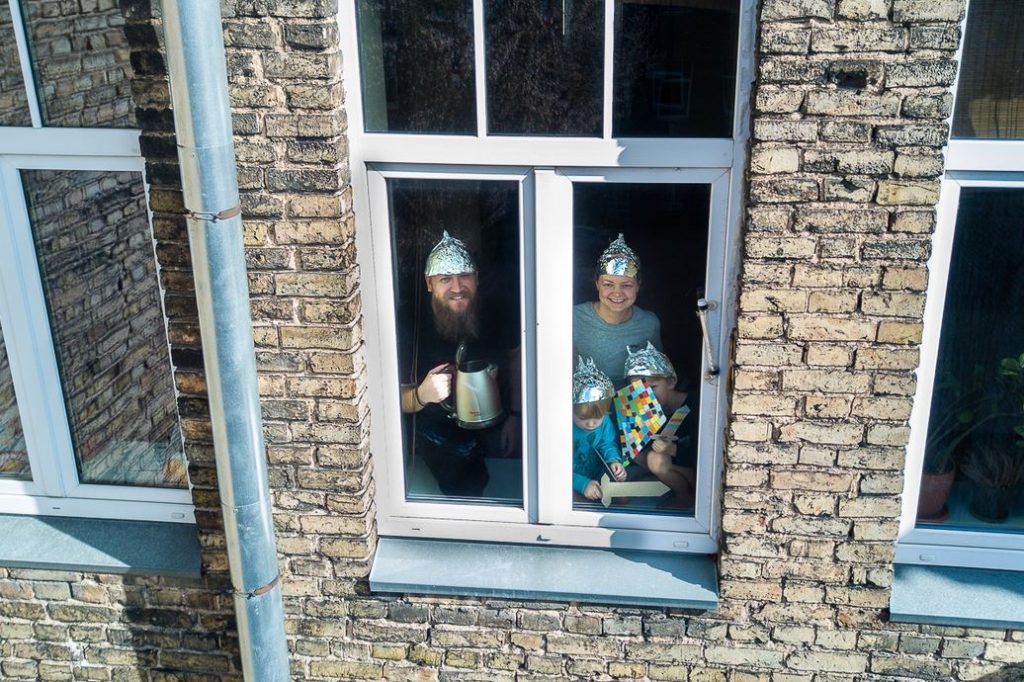
Quarantine series by Adas Vasiliauskas
The series goes beyond people’s windows to tell tales of resilience. Each portrait is relatable to some degree, encouragingly pointing out that we are all in this together.
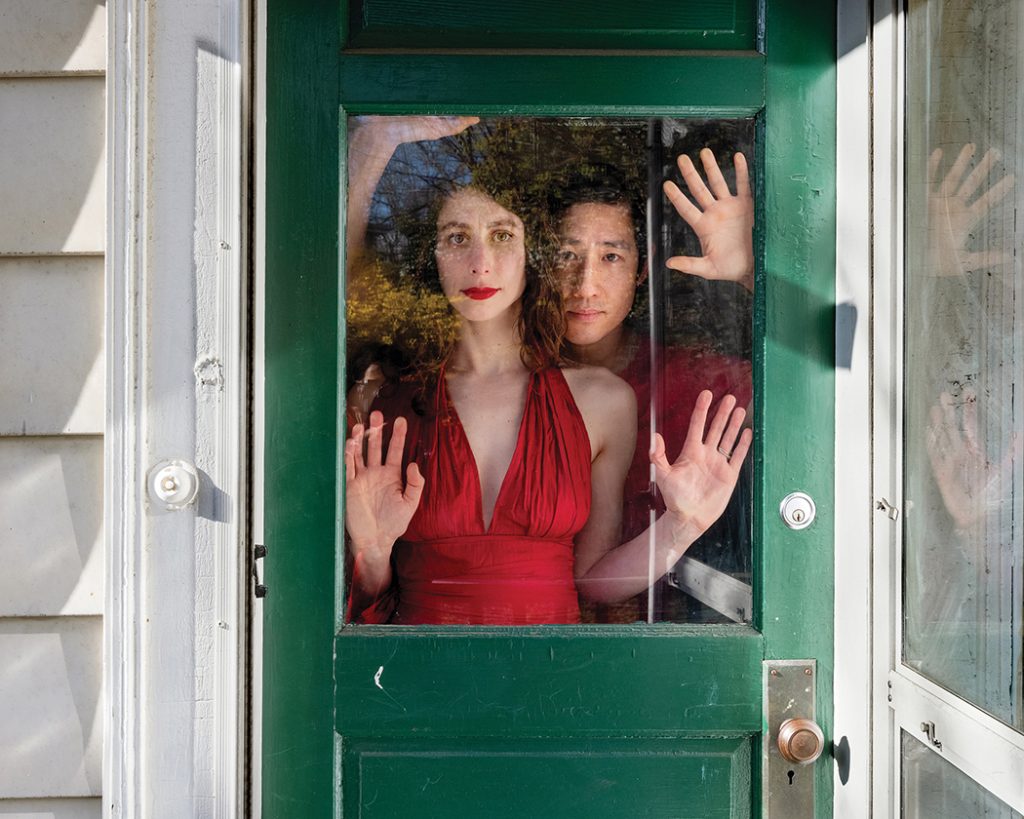
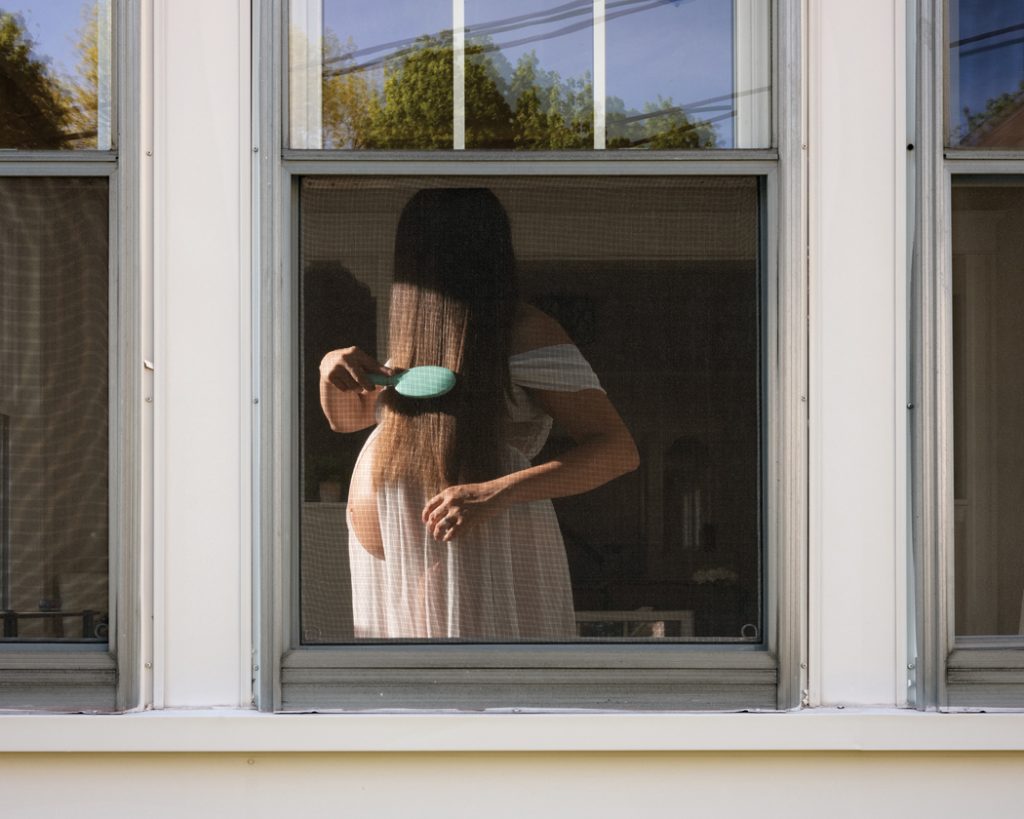
Across Windows series by Rania Matar
While standing at her kitchen sink this March during quarantine, Lebanese-born American photographer Rania Matar noticed a neighbour through her window, which led her to think about connecting across barriers. Aiming to restore human interaction we often took for granted, she began her series Across Windows dedicated to social distancing.
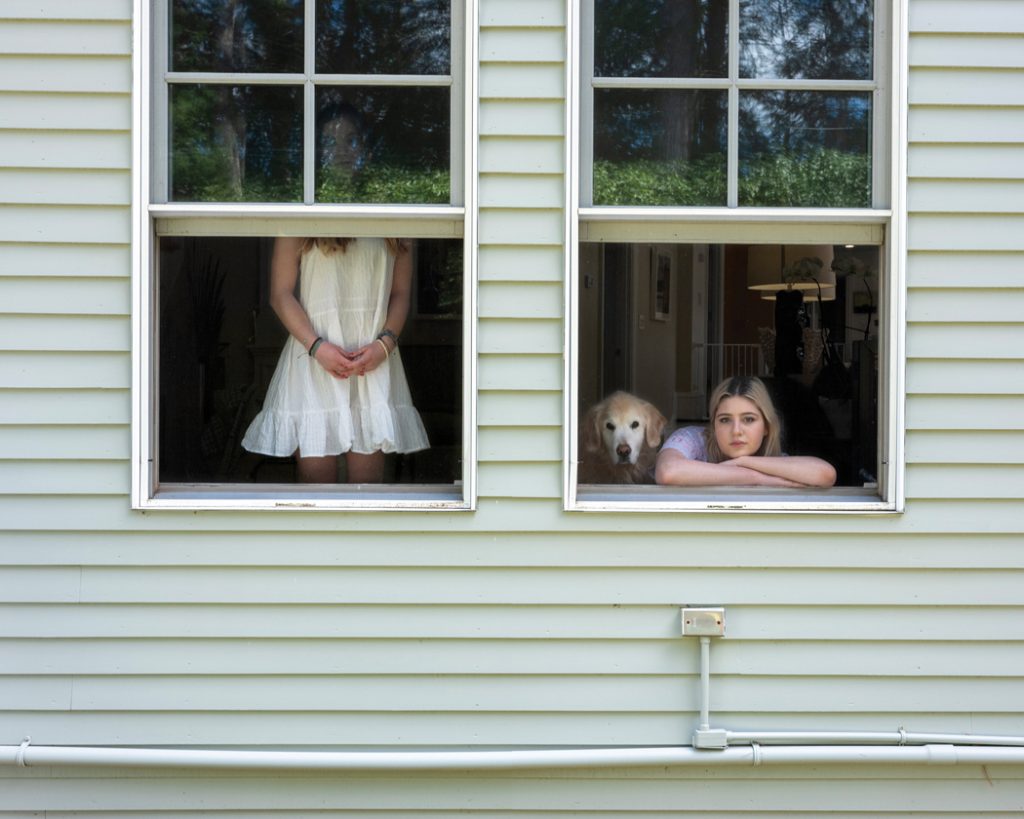
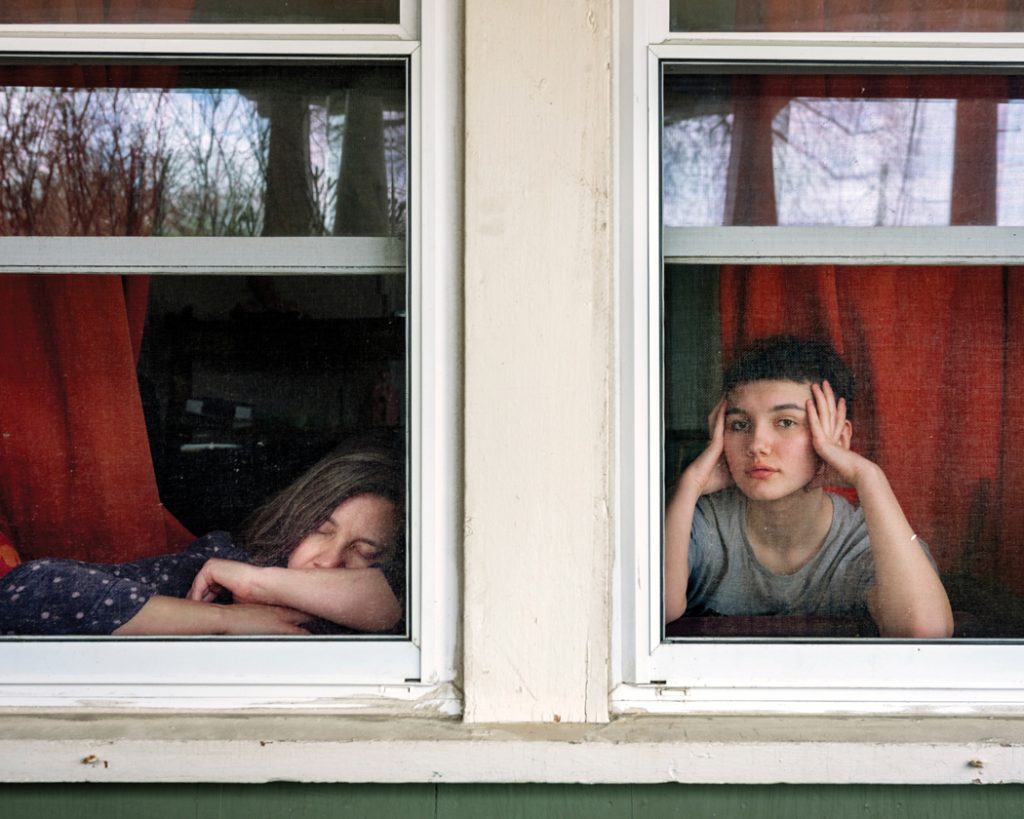
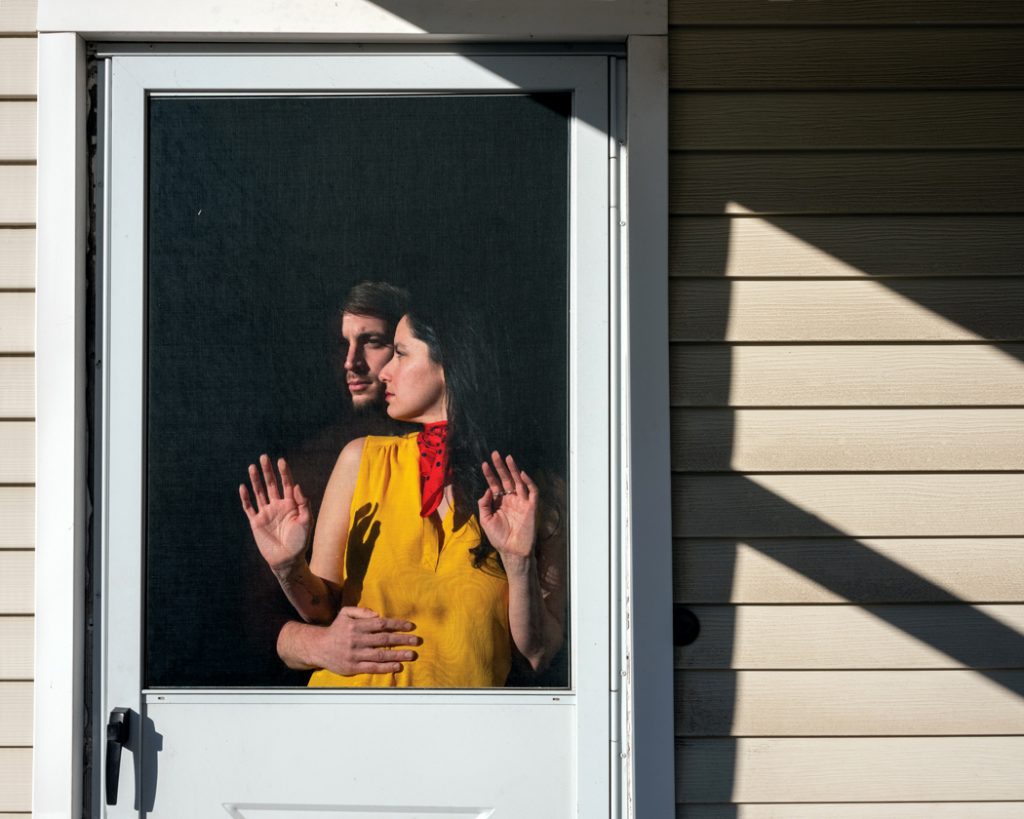
Across Windows series by Rania Matar
Through social media, she found a willing number of participants, and was amazed at how they were able to truly establish a connection and communication across a physical barrier.
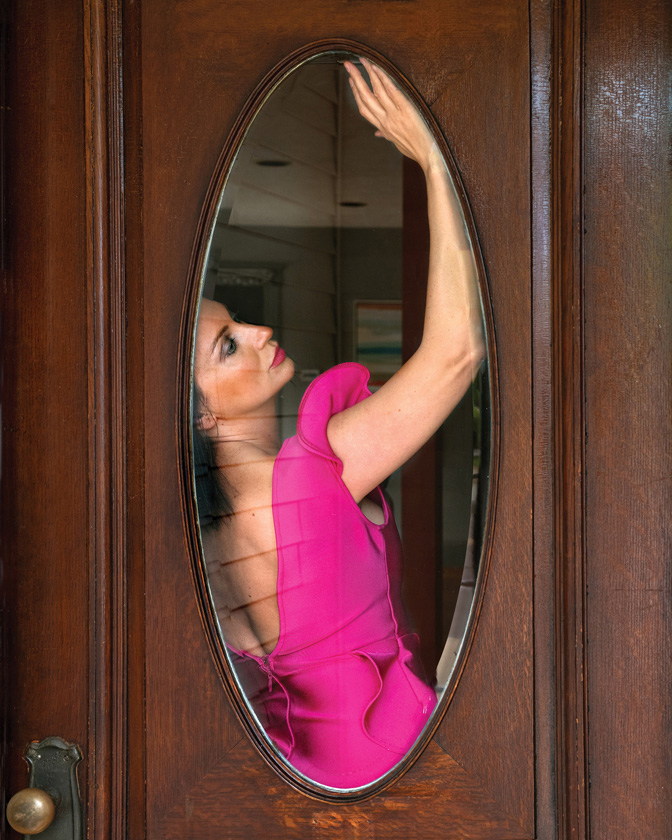
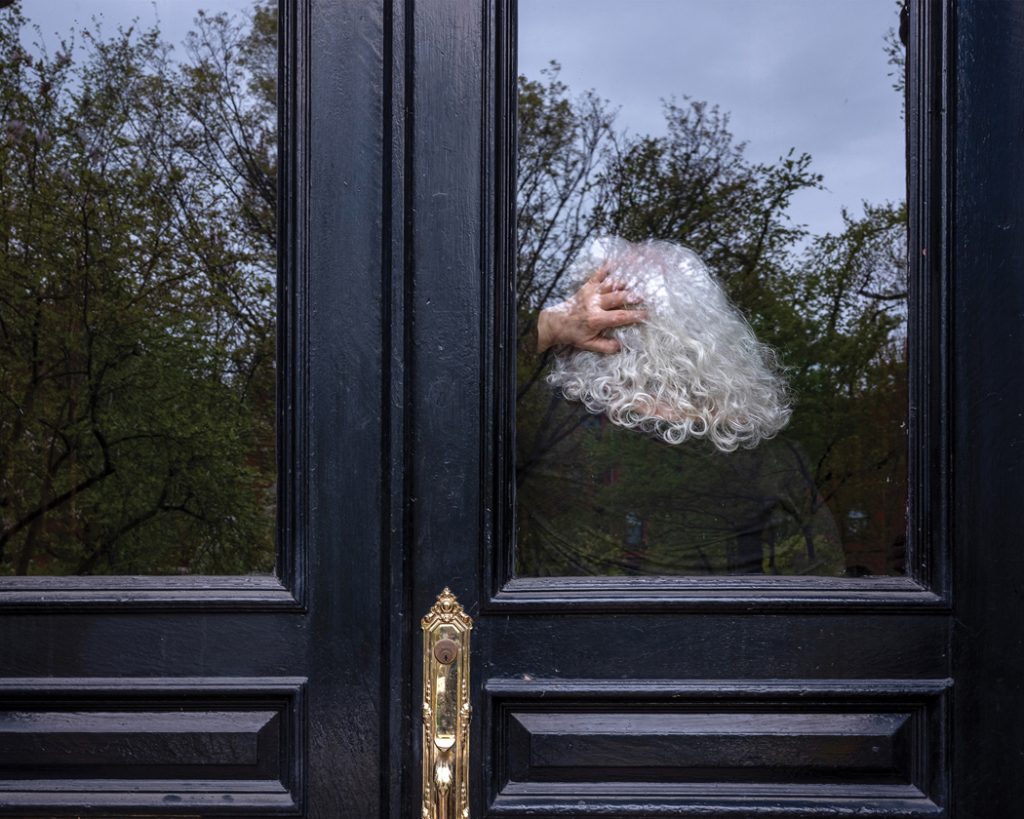
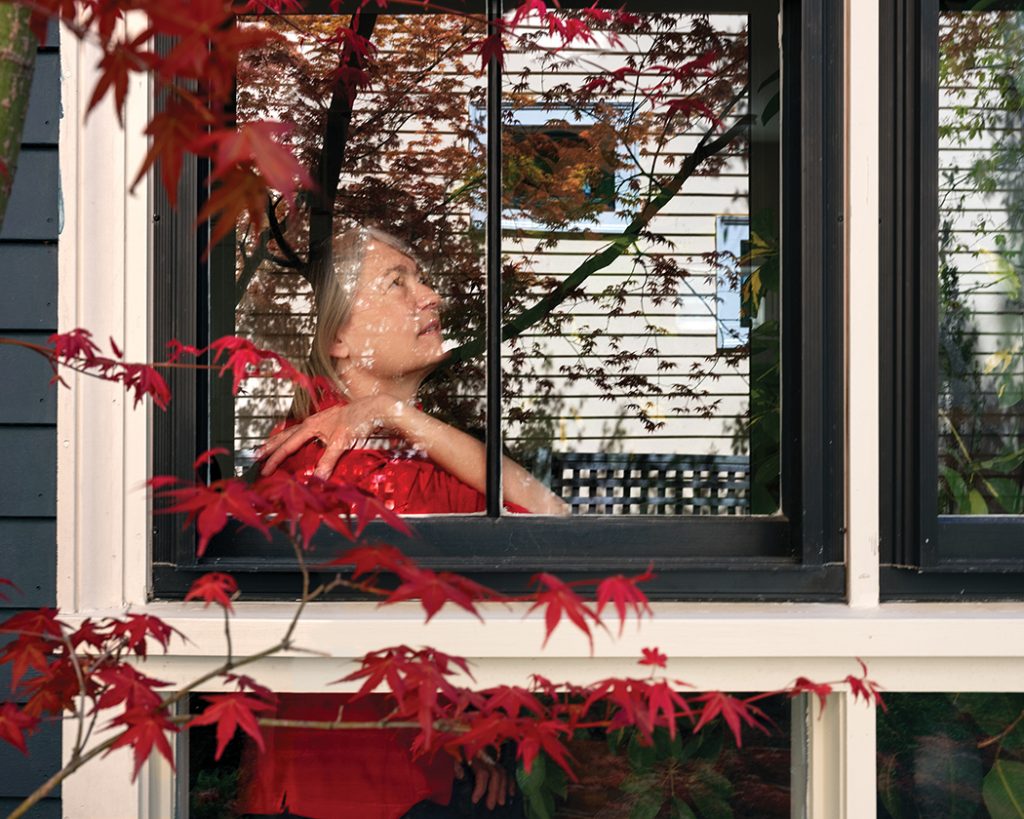
Across Windows series by Rania Matar
“The sense of being inside or outside was blurred,” she explains. “I am outside and looking in, but seeing the outside reflected onto the person in front of me.”
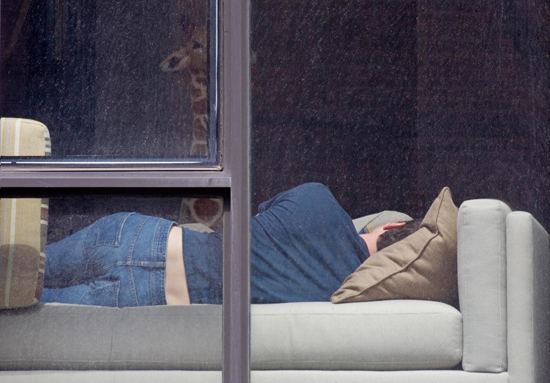
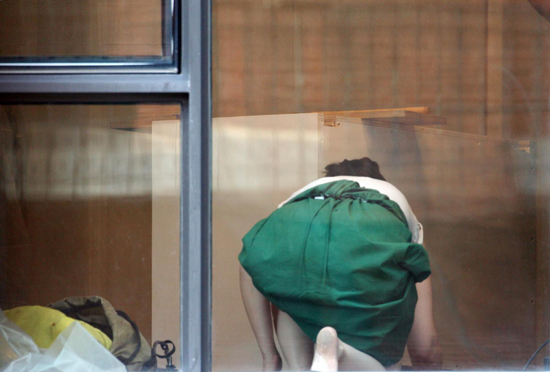
The Neighbors by Arne Svenson
Manhattan-based photographer Arne Svenson completed his The Neighbors series pre-COVID, but it takes on new relevance after people had to spend more time at home because of the lockdown. Puzzling, endearing, theatrical, Svenson’s works not only look through windows, but also reference images from art history, from Delacroix to Vermeer.
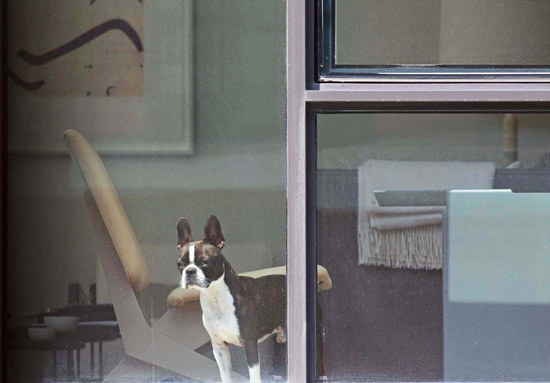
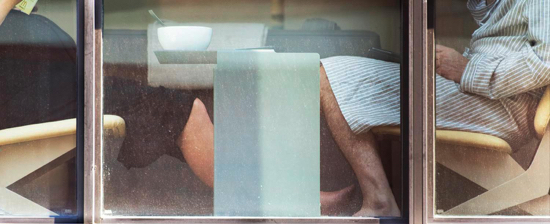
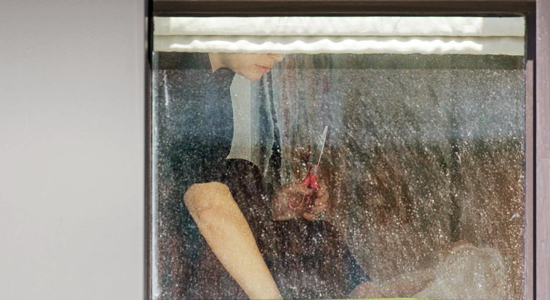
The Neighbors by Arne Svenson
Some time ago, Svenson began photographing daily activities of his downtown Manhattan neighbors as seen through his windows into theirs. Svenson did not portray people as specific, identifiable individuals, but rather as representations of human kind. His subjects are not aware of the photographer’s lens, and their identities are sheltered from view, which enables us to see ourselves in the anonymous figures.
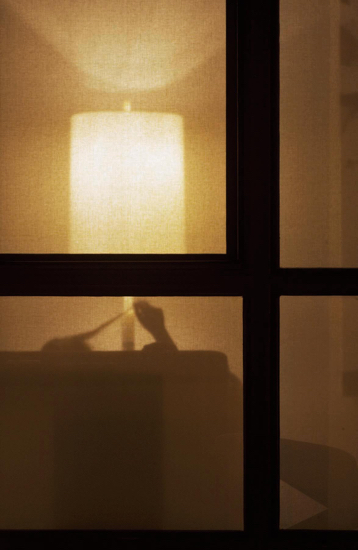
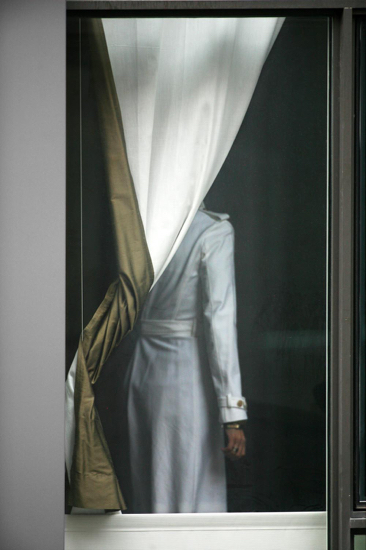
The Neighbors by Arne Svenson
The true subject of the series is implied stories within the frame of the glass – a turn of the head, a graceful arc of a hand, a human form obscured by drapery, as well as play of light and shadows. Cropped to various orientations and sizes to condense and focus the action, the prints are social documentation in a very rarified environment.